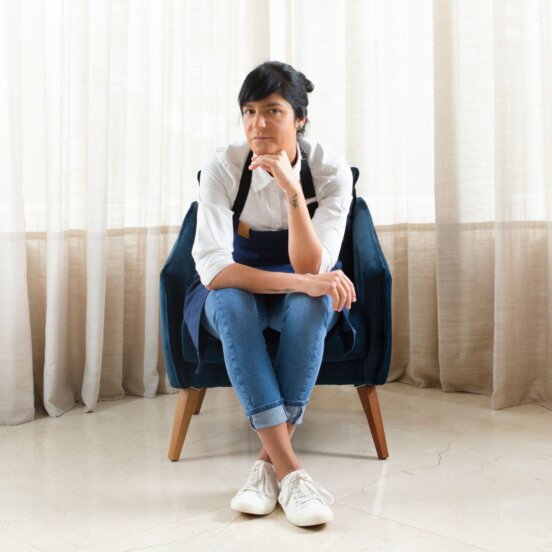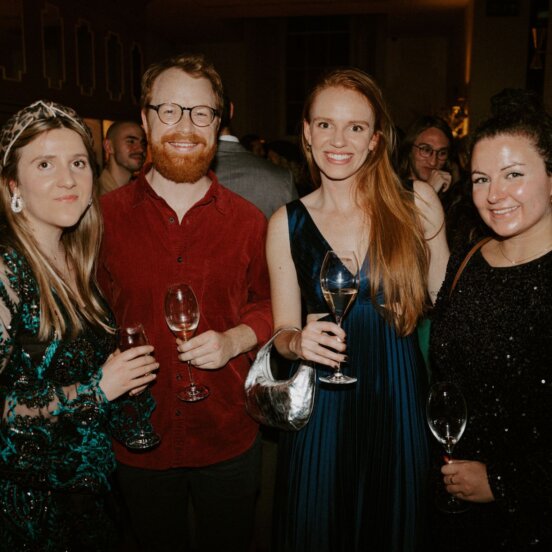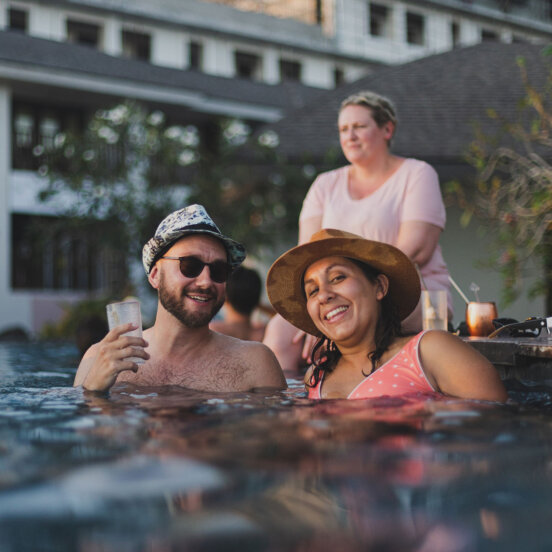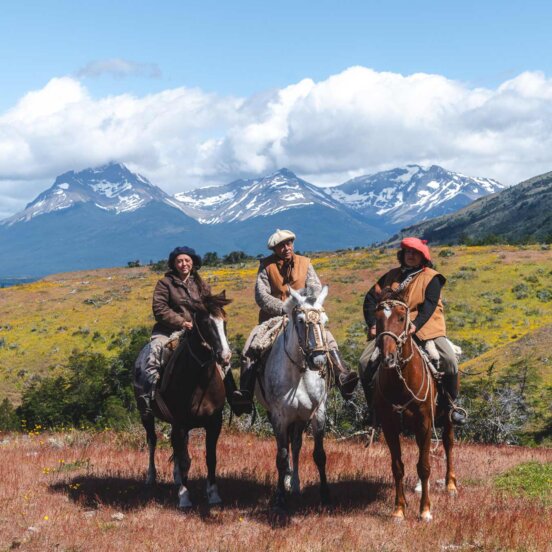Is how we make friends key to dealing with the loneliness epidemic?

Friendship research is getting an update – and that’s key for dealing with the loneliness epidemic
The benefits of friendship go far beyond having someone to confide in or spend time with – it can also protect you from physical and mental health problems. For example, people with good friends recover more quickly from illnesses and surgeries. They report higher well-being and feel like they live up to their full potential. Additionally, people with good friends report being less lonely across many life stages, including adolescence, becoming a parent and old age.
In fact, friendships are so powerful that the social pain of rejection activates the same neural pathways that physical pain does. Behavioral scientists like me have tended to focus our research about friendships on their benefits. How to cultivate these powerful relationships hasn’t been as deeply researched yet. Understanding more about what people look for in a friend and how to make and sustain good friendships could help fight the loneliness epidemic.
Traditional conceptions of friendship
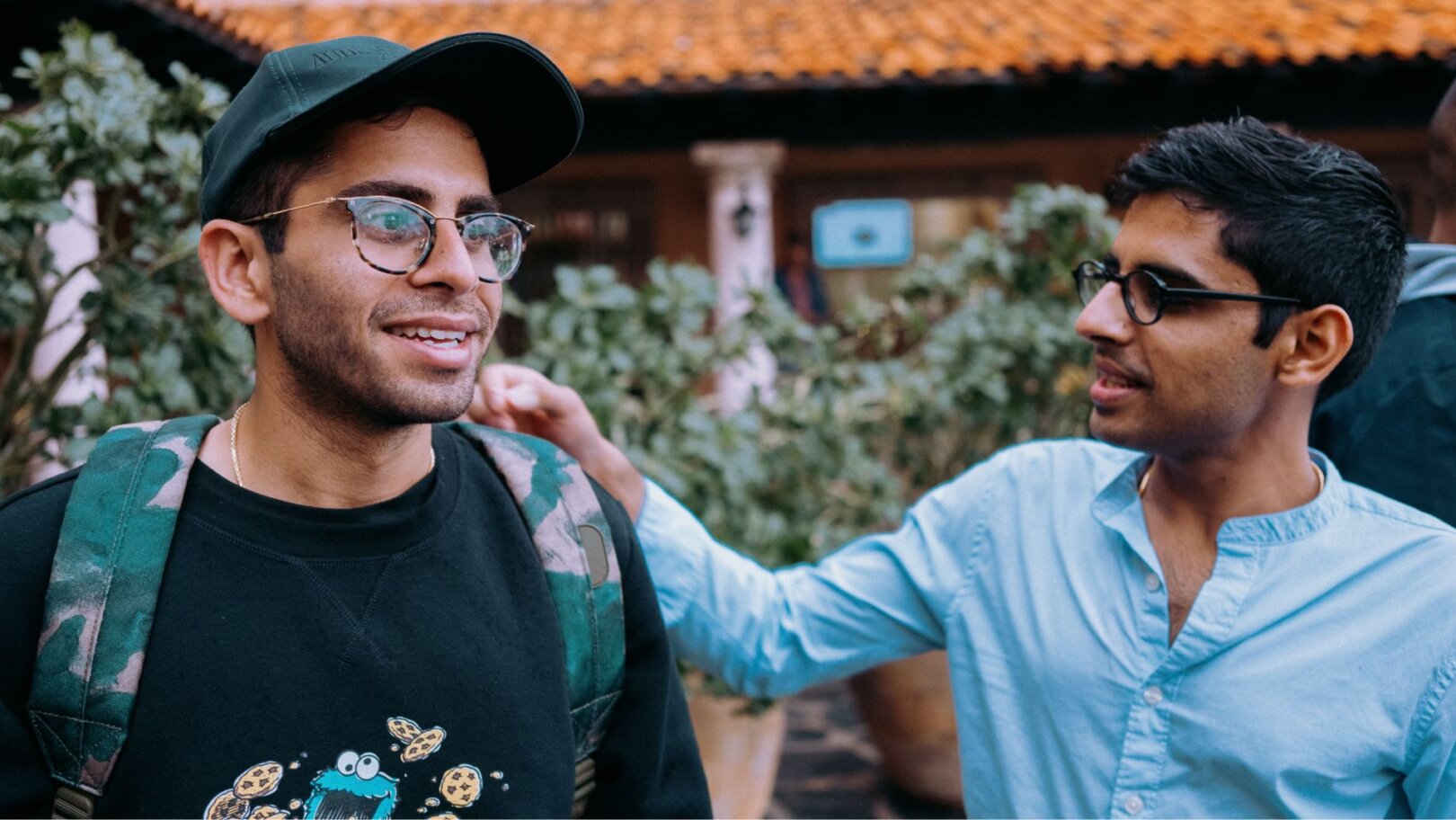
Previous generations of behavioural scientists traditionally focused on the notion that people form friendships with those who are similar, familiar and in close proximity to them. When you look at all the friendships you’ve had over your life, these three factors probably make intuitive sense. You’re more likely to have things in common with your friends than not. You feel an increased sense of familiarity with friends the longer you know them – what psychologists call the mere exposure effect. And your friends are more likely to live or work near you.
Researchers in this field have also typically divided friendship preferences based on gender. The dichotomy suggests that women prefer one-on-one, emotionally close and face-to-face friendships, while men prefer multi-person, task-oriented and side-by-side friendships, with the focus on a shared activity.
Again, when looking at your own friendships, these findings may seem intuitive. Women on average prefer to engage in activities that allow for self-disclosure and sharing secrets, such as spending time one-on-one talking about their lives. Men, on the other hand, tend to prefer to engage in activities that are group-based and have a clearly defined outcome, such as playing sports together. Findings such as these show that gender and preferences on how to connect are important in friendships.
But these explanations of friendship do not address the most important aspect of making friends – choosing the individual people you want to turn into your pals. Friendship decisions are not random. There are many people who are similar, familiar, in close proximity and have similar preferences as you. Yet few of these individuals end up being your friends. So, in a world full of possibilities, how do people pick those who will become their friends?
New ways to think about friendship
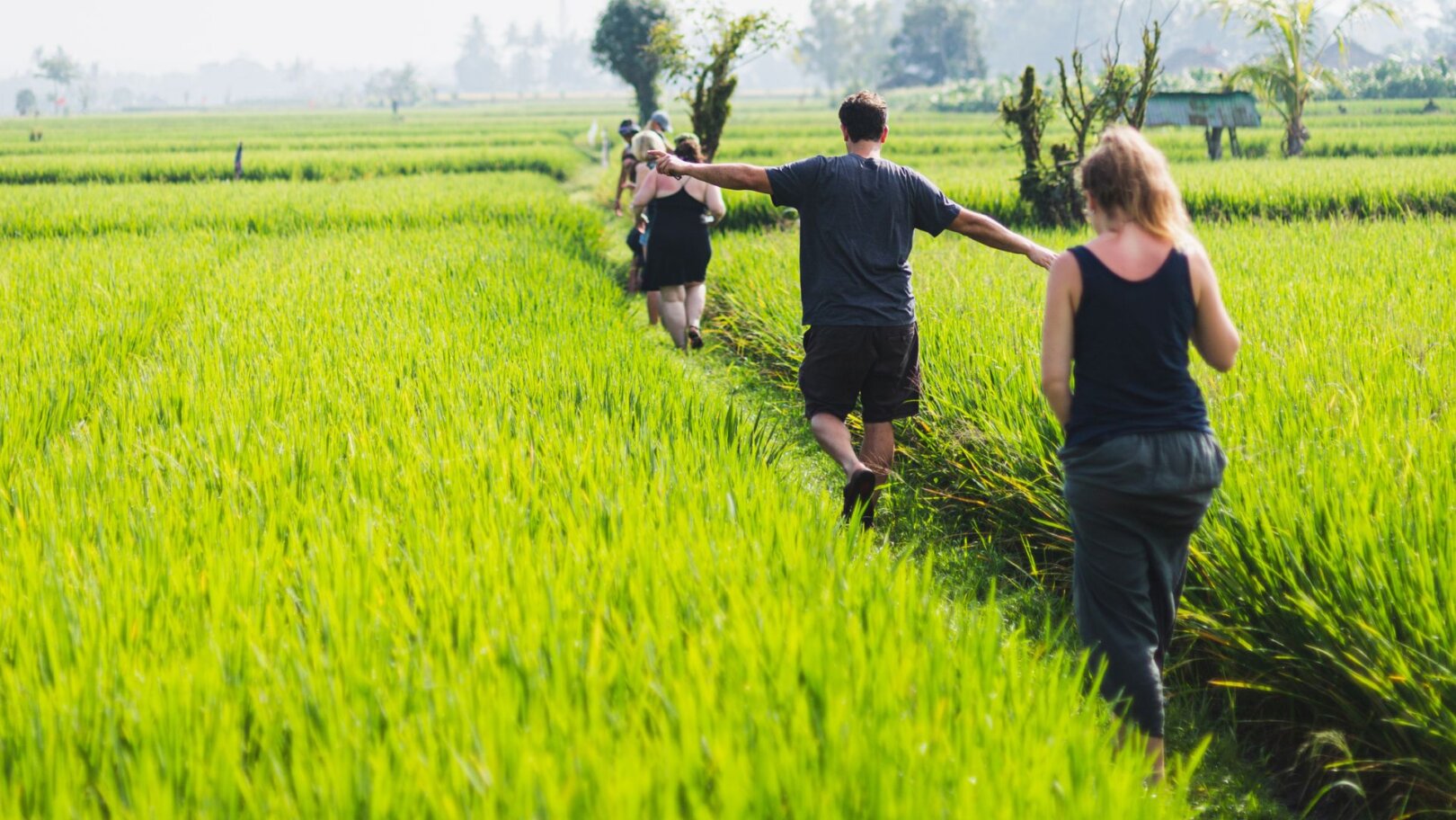
Within the last decade, researchers have begun investigating the roots of friendship preferences beyond the classic descriptions. For example, social scientists see there are strong preferences for friends to be loyal, trustworthy and warm. Additionally, researchers find there are preferences for friends who help you solve specific kinds of problems and are generous and caring with you instead of others. These preferences help people navigate making friends, given limited reserves of time and effort. In short, they help you find the best possible friends you can in a world full of friendship possibilities.
Social scientists have also learned that, while there are some important gender differences in what people want in friends, it is not accurate to say that men and women want one kind of friendship over another. In fact, when we take a more holistic approach and consider broader categorisations of emotional closeness and tasks, the gender differences in these preferences are reduced. And of course, people don’t exclusively pick between face-to-face and side-by-side friendships. Instead, it is more likely that they focus on what they want from their friends and let these needs guide how friendships form.
Ultimately it’s your individual preferences that guide you toward the people who will best meet your particular social needs. With a little luck, you’ll find buddies who can lend a hand when you need one and support you in reaching your goals. In all, your preferences are the key to finding friends who can buffer against feeling lonely and provide you with the social, emotional and health benefits of friendship.
When you’re looking for friends
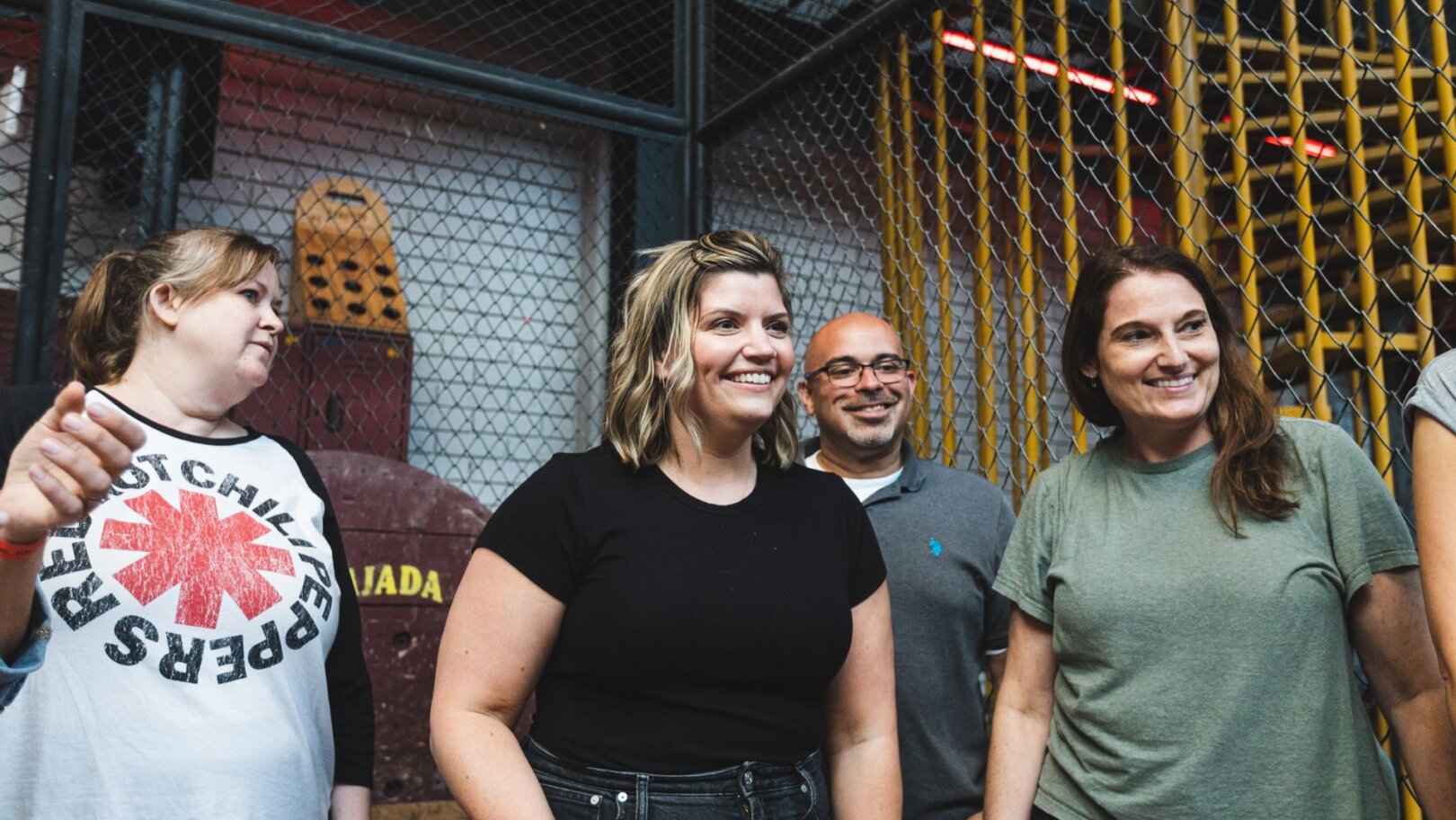
It’s hard to provide clear guidelines for improving friendships because the research about friendship preferences is still developing. But there are some clear points for consideration:
Determine what you value in friends. Do you want one-on-one, emotionally close friendships or multi-person, task-oriented friendships? Depending on your preference, different kinds of activities will be helpful for finding others who fit the bill and cultivating these friendships.
Know that it will take time to make close friendships. Research suggests that it takes 30 hours of interaction to make a casual friend, 140 hours to make a good friend and 300 hours to make a best friend.
Consider what you bring to the table. Everyone has unique strengths they bring to their friendships. Research shows that, when you’re able to demonstrate that you have characteristics people want in friends, you’re able to make more satisfying friendships.
Understand friendships to understand loneliness
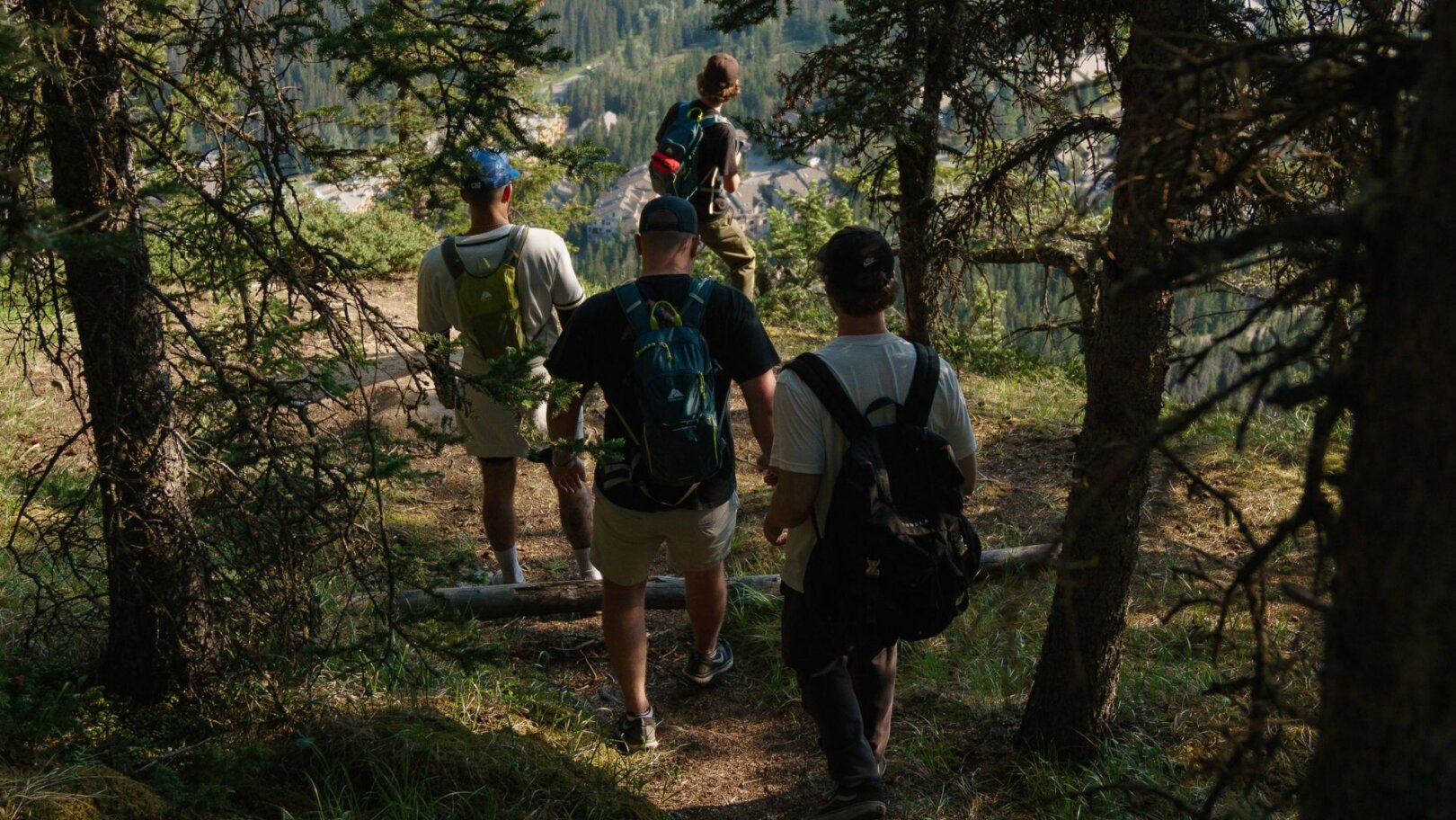
Considering the nuances of friendship preferences will be extremely important in reducing not only loneliness, but other related public health crises. For example, loneliness is associated with likelihood of attempting suicide. Recent surveys have found that men are suffering big declines in the number of close friends they have, as well as experiencing higher rates of suicide compared to women.
The U.S. Surgeon General’s recent recommendations for fighting the loneliness epidemic focus on public policies and infrastructure. But fostering community spaces for connection – such as parks, libraries and playgrounds – prioritises the preferences of those who favor the one-on-one, emotionally close and face-to-face connections more often preferred by women. These places are less beneficial for people with more typically masculine preferences, as there is no guarantee that these spaces will foster side-by-side, task-oriented connections unless areas for sports and other team-based activities are also included.
To counter this inequity, researchers and public health officials first need to understand what makes friendships satisfying. Then they can ensure that recommendations to curb loneliness address all of the pathways that people use to cultivate high-quality friendships.
This content was originally published on The Conversation.
Images: Flash Pack and Unsplash
Flash Pack is a group travel company that specialises in small group adventures for solo travellers in their 30s and 40s. Find out more about how we work, and our mission to build a global community of friendships.
![]()







